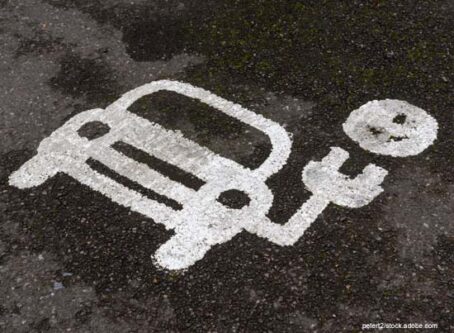CDL program for inmates part of proposed legislation
A Connecticut bill to help inmates earn their commercial driver’s license is finding plenty of support. A Connecticut General Assembly committee heard testimony on March 9 regarding the proposed legislation.
The bipartisan effort, SB334, would establish a program offering preparation, instruction and administration of the CDL knowledge test. Participants would complete their CDL skills test upon their release. The program would be open to inmates with six months or less until their release.
The bill is the continued efforts of a previous measure. Signed by the governor on July 13, 2021, sSB3 called upon the Department of Corrections to establish a vocational village to provide training in skilled trades for incarnated individuals. The measure is in response to a perceived shortage of drivers and other skilled laborers.
According to Wyatt Bosworth, assistant counsel for the Connecticut Business & Industry Association, the proposed program is just one way to address the issue.
“The workforce shortage requires creative, innovative solutions to get people back to work,” Bosworth testified. “Creating a public-private partnership to help incarcerated individuals obtain their CDL is one of many ways to do this.”
Making the move to a trucking lifestyle isn’t for everyone. Joe Sculley, president of the Motor Transport Association of Connecticut, said in a statement that former inmates possess the motivation needed to make the transition.
“The trucking industry needs highly motivated people who are ready and willing to work hard,” Sculley said “It is my belief that people leaving incarceration will likely be so motivated.”
Employment can help recidivism
According to data from the U.S. Bureau of Justice Statistics, 67.8% of released state prisoners were arrested for a new crime within three years, and 76.7% were arrested within five years. Combating that recidivism rate can be a positive side effect of the proposed legislation. The Hartford Foundation for Public Giving testified that preparing inmates for success post release is a key component to their success after reentry.
“Research has demonstrated that people employed after release are less likely to return to prison. Using time in prison to develop essential skills can increase their ability to qualify for living wage jobs in the community,” the foundation said. “We also need to be committed to ensuring access to education and workforce development programs for men and women while they are incarcerated as an essential strategy for preparing for employment and successful reentry.”
To that point, Kelli-Marie Vallieres, chief workforce officer of the state’s Office of Workforce Strategy, said that learning job skills can prepare incarcerated individuals for higher-paying jobs. That increased wage could make a huge difference for those transitioning back into the general workforce.
“CDL training programs offer jobs northward of $25 per hour that require minimal educational background or training and can truly be life changing for individuals leaving the correctional system,” Vallieres testified. “Expanding access so that these individuals have more opportunities to complete the written portion of these CDL exams, while immediately completing their on-road hours post release and transitioning into employment, is critical.”
Similar programs
The proposed program, along with the vocational village, are modeled after effective programs implemented by other states.
Michigan’s vocational village, launched in 2016 at the Richard A. Handlon Correctional Facility, Ionia, offers inmates a chance to receive training in a number of in-demand industries. The success of the initial program led to another site being opened in 2017 at the Parnall Correctional Facility, Jackson. At capacity, the two sites can serve over 400 students.
A similar program in Arizona recently graduated their 400th CDL student. Launched in 2017, Arizona’s Second Chance Center offers job training and post-release employment services to inmates. The state has added two additional centers following the success of the original site. LL









